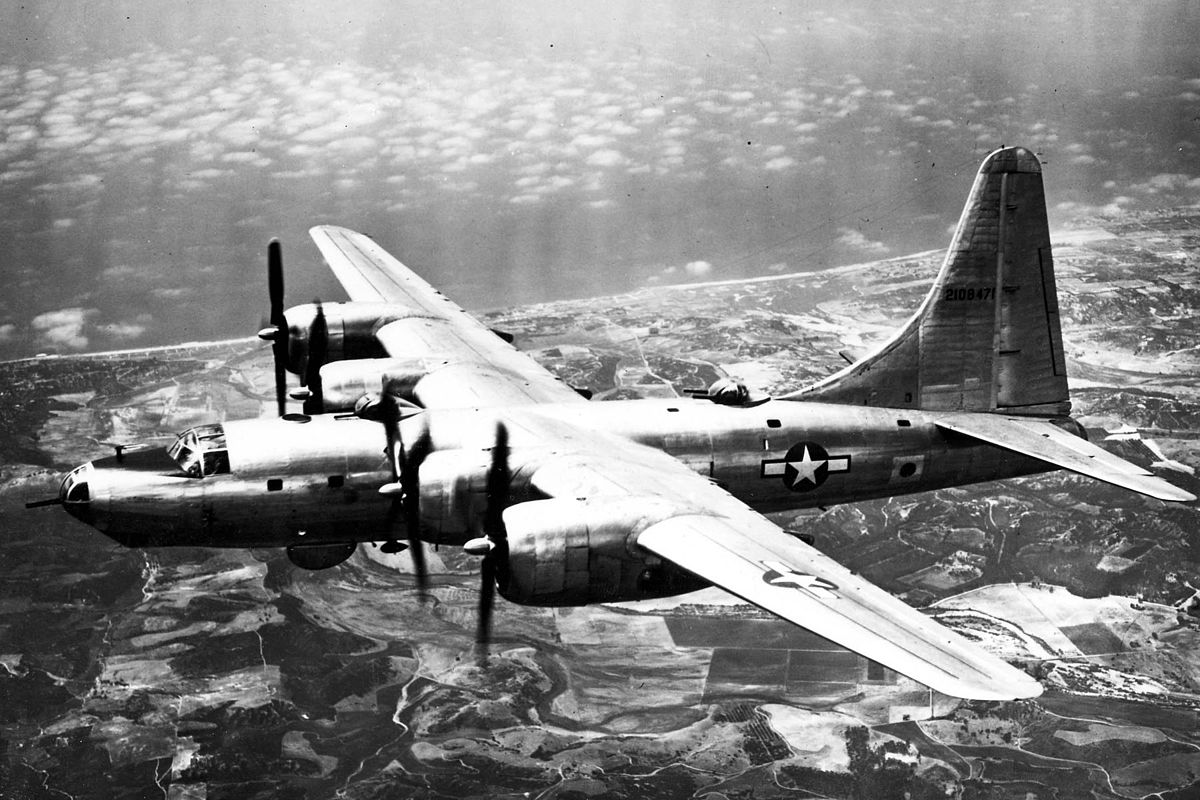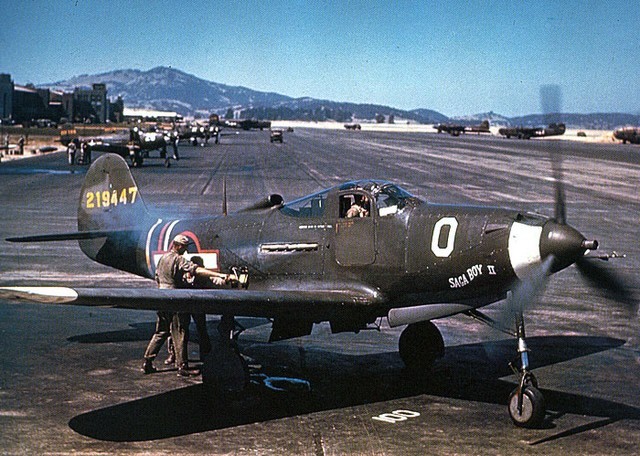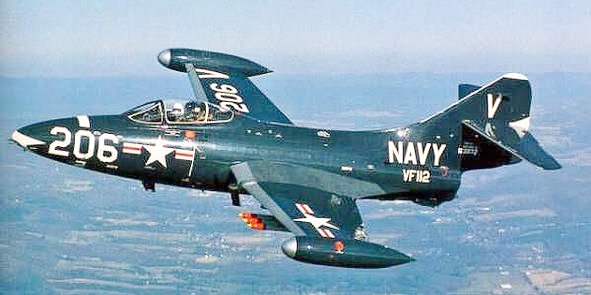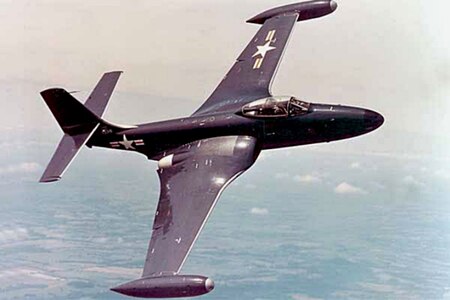Zincwarrior
Platinum Member
- Nov 18, 2021
- 17,306
- 10,521
- 1,138
Also at that point, they USAAC in the Pacific had perfected the art of boom and zoom with it on Japanese aircraft. The great Ace Race was in full swing at that time.The bombers were drones and the fighters were designed for a specific mission. The Army's P-38's were the most versatile air weapons available when Intelligence determined that Yamamoto would be visiting a Japanese base which was about 500 miles from Guadalcanal. It was the P-38 that was the only plane that could make the attack and have a reasonable expectation of returning.













